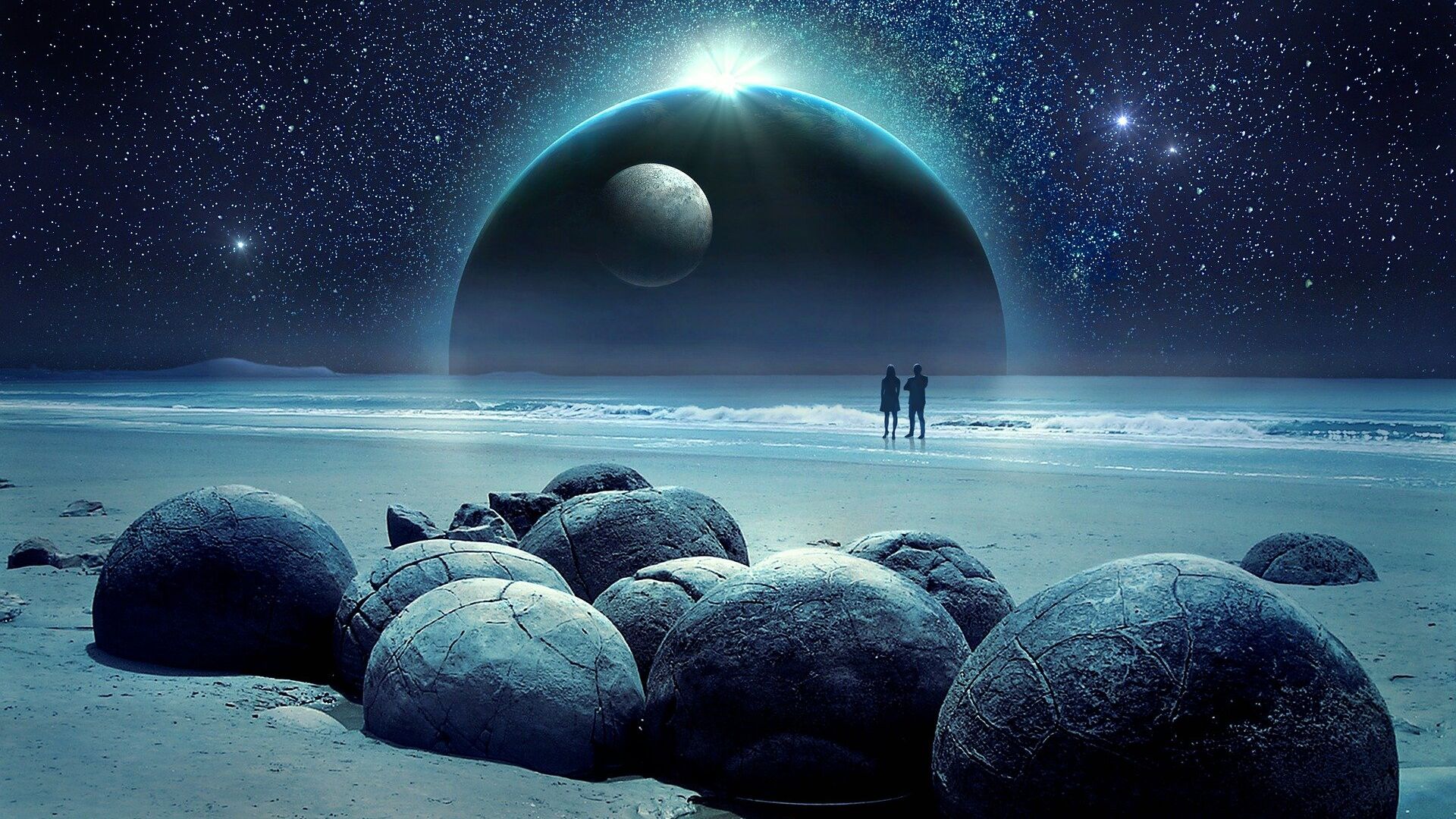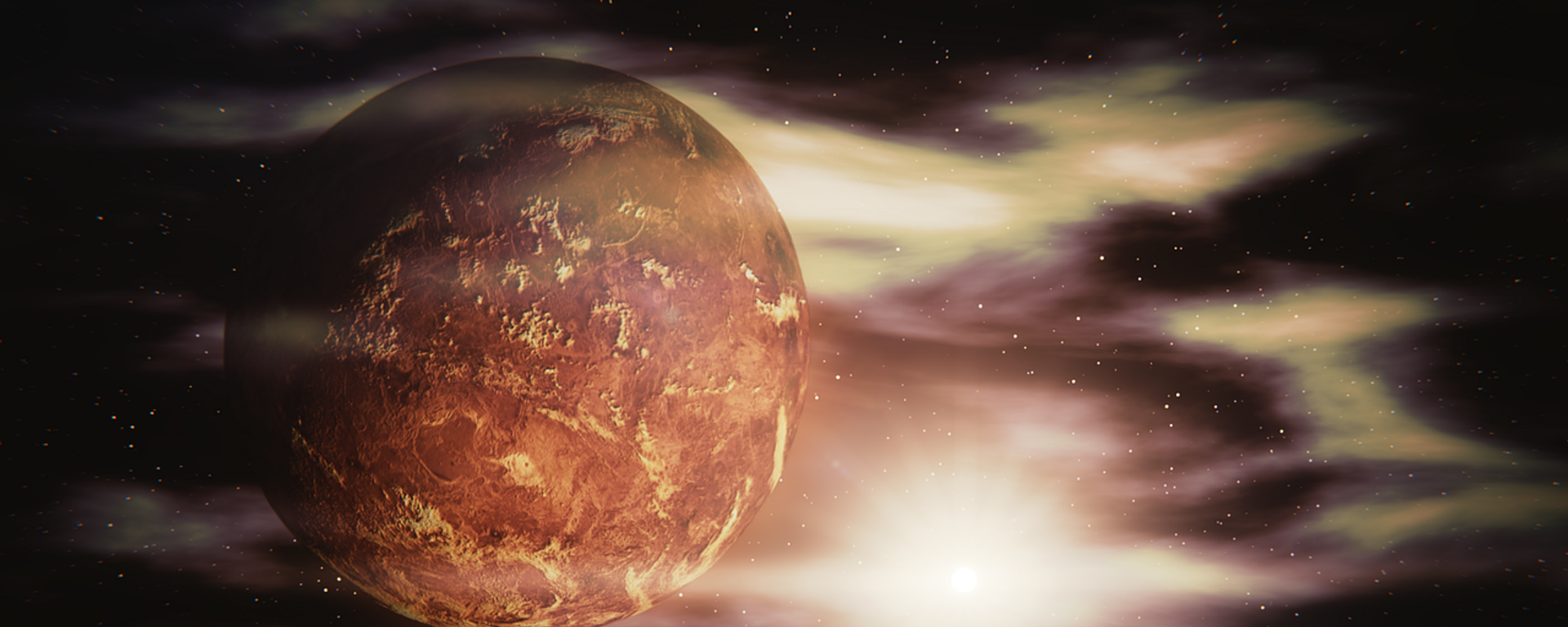The planet’s first living organisms which emerged billions of years ago may have come into existence after life-forming molecules - those building blocks on which life depends, such as amino acids - were subjected to a shockwave, a method known as shock-processing, a team of scientists led by Surendra Singh at India’s Physical Research Laboratory (PRL) found.
“Shock-processing of amino acids and nucleobases tends to form complex macroscale structures within about 2 milliseconds. This discovery suggests that the building blocks of life could have polymerised not just on Earth but on other planetary bodies through shock-processing life-forming molecules,” a release issued by the Indian Space Research Organisation read.
After shock-processing a mixture of many of the amino acids (up to 20), scientists observed twisted, threads that split/combine, and tube-like structures being formed.
“Clearly there is a resemblance in the complex macroscale structures we see in the shocked samples with those found in cellular structures. Similar structures have also been reported to be present in some of the meteorites, although their origin and exact nature has been unknown,” scientists observed after imaging analysis.
The speed at which basic ingredients of a living cell were formed surprised scientists as the conversion of simple to complex molecules by the action of charged particles such as electrons, protons and ions takes a long time.
The study also provides further experimental evidence for the ‘threads’ observed in meteorites because (bio)molecules are assembled from impact-induced shocks.
“These results suggest that impact shock processes might have contributed to the self-assembly of biologically relevant structures and the origin of life,” it added.






